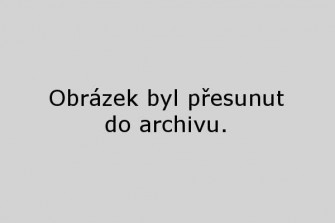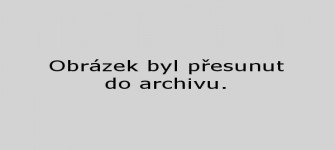
Dating back to the 13th century, Špilberk Castle has long been one of the most significant and dominant features of Brno. From its foundation by Přemysl Otakar II up to the present day the significance and function of the castle has changed many times and this fact has also influenced its building development. The original gothic castle has been the seat of Moravian Margraves, a massive Baroque fortress, the most severe jail in the Austrian Empire – the well-known "Prison of Nations", a military barracks, in the more recent past it was proclaimed a National Cultural Landmark in 1962 and at present it is the headquarters of the Brno City Museum.
The present look of Špilberk is a result of the last two reconstructions from the 1930s and from the turn of the 20th century. In January 2011 a further stage of reconstruction commenced. The focus of the reconstruction is mainly the centre wing with a terrace, eastern bastion with entrance corridor leading to the 1st courtyard and the housekeeping areas. Alongside the reconstruction, archaeological research is taking place, and it is bringing to light a lot of new and interesting information about the castle's past. Not many remains are left from the original appearance of the castle as a result of the vast and frequent reconstructions and rebuilding over the centuries. Many finds were discovered by using archaeological probes under the floor, for instance the remains of highly decorated chimney tiles with the sign of the Czech lion, or various religious objects from the 15th century. The archeological reearch also revealed one more interesting find – the so called "cissure", the remains of sheet metal from which the basis for new coins was cut off. From them the actual coins were minted. Surprisingly, the waste was from copper shields, but in the Middle Ages, coins were only minted from precious metals such as gold and silver. This means that these are in fact the remains of forgery. Coins minted from copper were then sunk into tin and presented as silver. The presence of forgery at the King's court appears to be a bizarre phenomenon and the idea of forgery going on at King's court is one that will be thoroughly.

In the southern wing of the building, in-depth and demanding reconstruction encompassing redevelopment and renovation work is taking place. Recently the reconstruction of the roof was finished. After disclosing the ceiling, it was discovered that the bearing part is framed by historically valuable, wooden beams manually crafted as late as the 19th century. Parts of these valuable constructions were attacked by wood-decay fungus and insects and in some cases "merulius vastator". In order to preserve the largest number of the constructions, only the damaged parts are replaced and this is done by use of so called prostheses. For the renovation of wet plaster it is not possible to use any modern methods and only natural ventilation is permitted. Therefore the old stomas were renewed and in the ground floor and basement new floor ventilation canals were constructed.

The buildings are undergoing thorough and demanding reconstruction. For the repairing of walls, bricks from the First Republic (and some even older) are being used. By detailed building and historical research it was found out that, the walls were protected by a thin layer of plaster, which as time went by eroded and started to fall off. The result of this process is the present look of the castle. The walls of the eastern and westerns bastion will be plastered by a thin layer, which will resemble the original one in its look and its structure a layer of which can still be found at some places of the castle. After reconstruction is finished, the eastern bastion will be presented to the public as an area from where you can enjoy a beautiful view of Brno.
Ing. Viktor Jaroš, Tocháček spol. s r.o.
Mgr. Aleš Navrátil, Brno City Museum